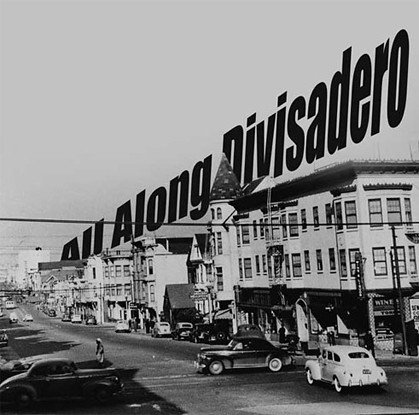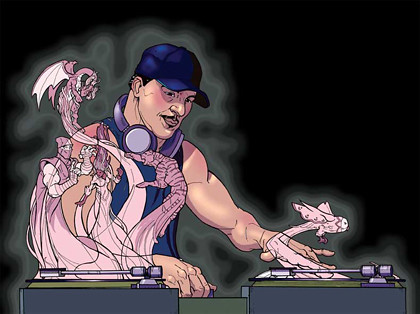The Age of Divisadero Soul (Issue Two)
by Mike Conway
If I could travel anywhere, it would be back in time. I want to go back and see, hear and feel the places and moments we can only study now. Going back in time is not as hard as it seems; many backdrops of the past remain with us. All you have to do is go to those places and imagine the things you know about the past, and you’re there.
I just got back from such a trip, that I took after speaking with Ms. Josephine Robinson. From 1959 to 1977, she and her husband ran a nightclub and restaurant at 543 Divisadero Street in San Francisco. During this period, just four blocks east, the Fillmore Jazz Era was in full swing. Duke Ellington, Billie Holiday, Miles Davis, Charlie Parker and countless other gods of jazz played up and down Fillmore. The ‘Moe had a reputation as the Harlem of the West.
But along nearby Divis, a parallel surge of jazz and early soul was blazing...
CLICK HERE FOR ENTIRE STORY









